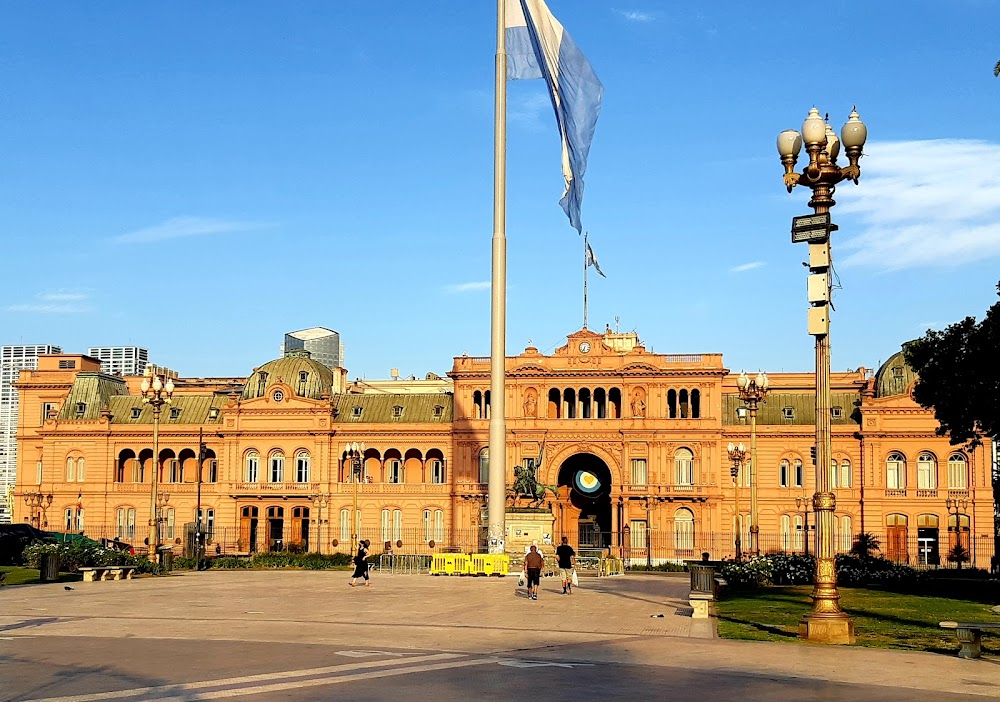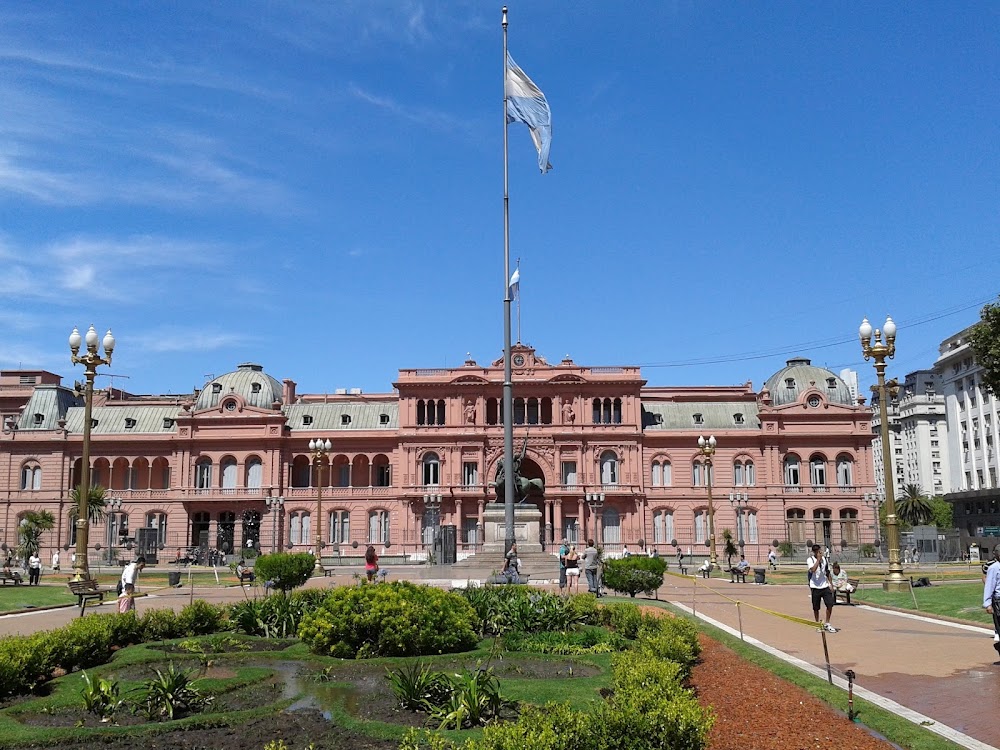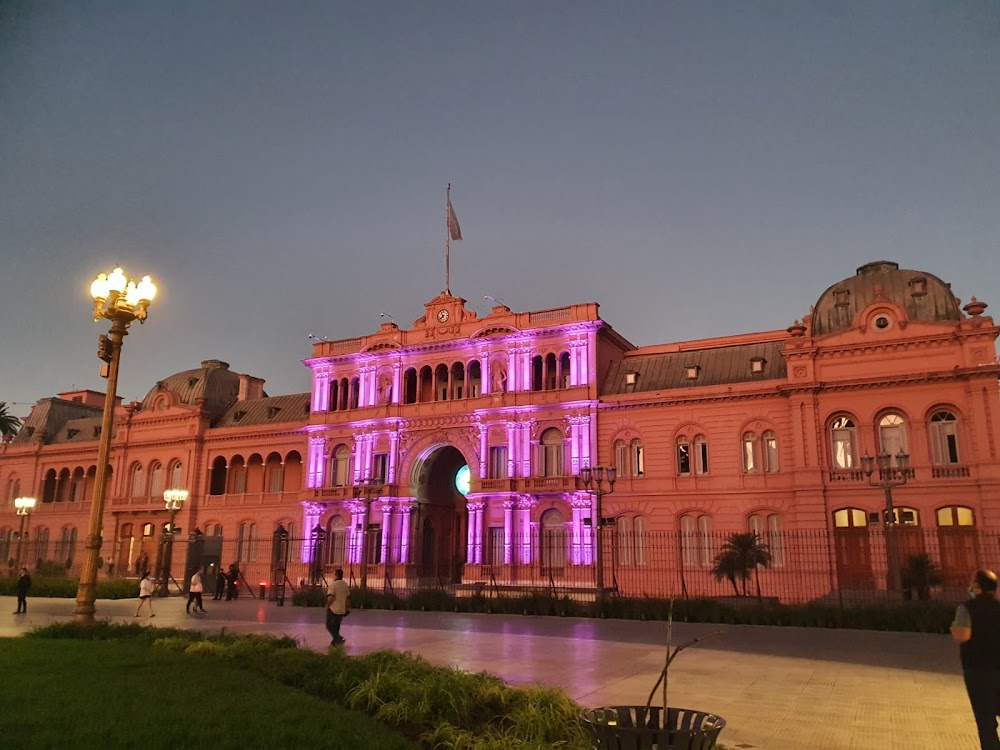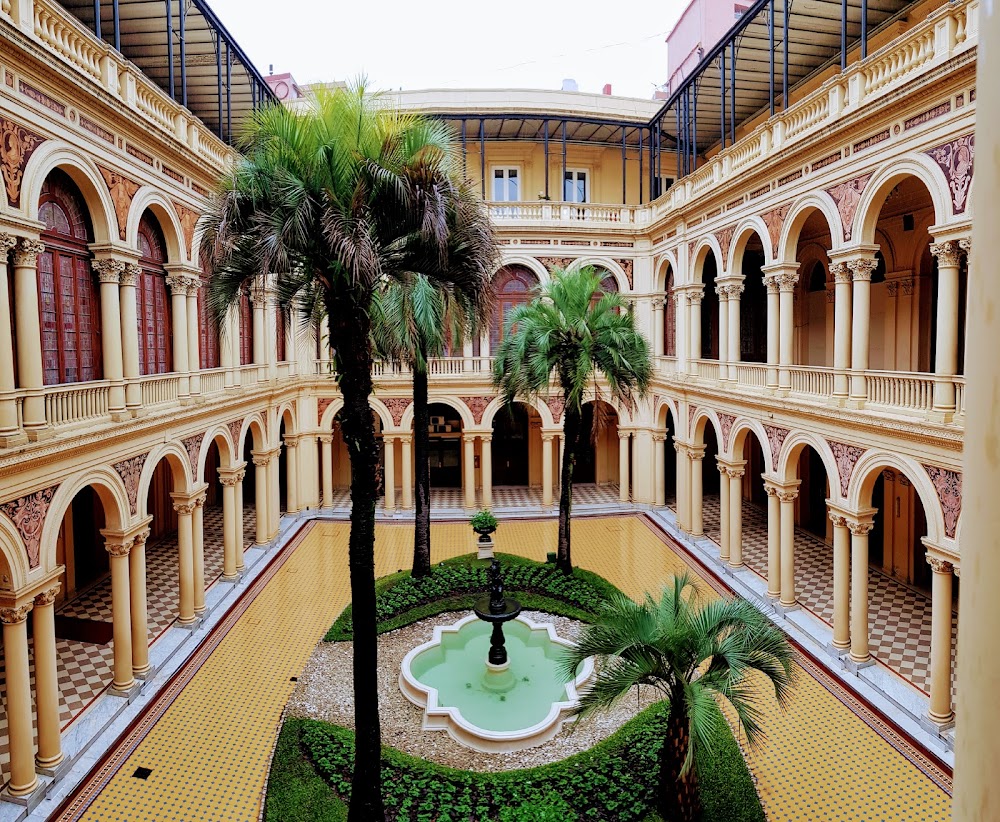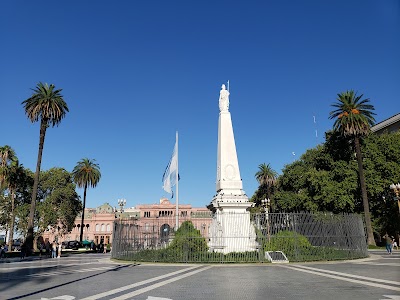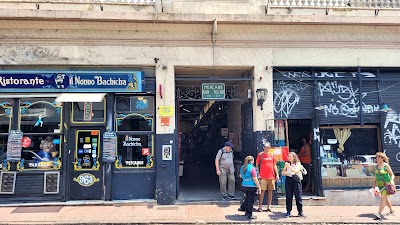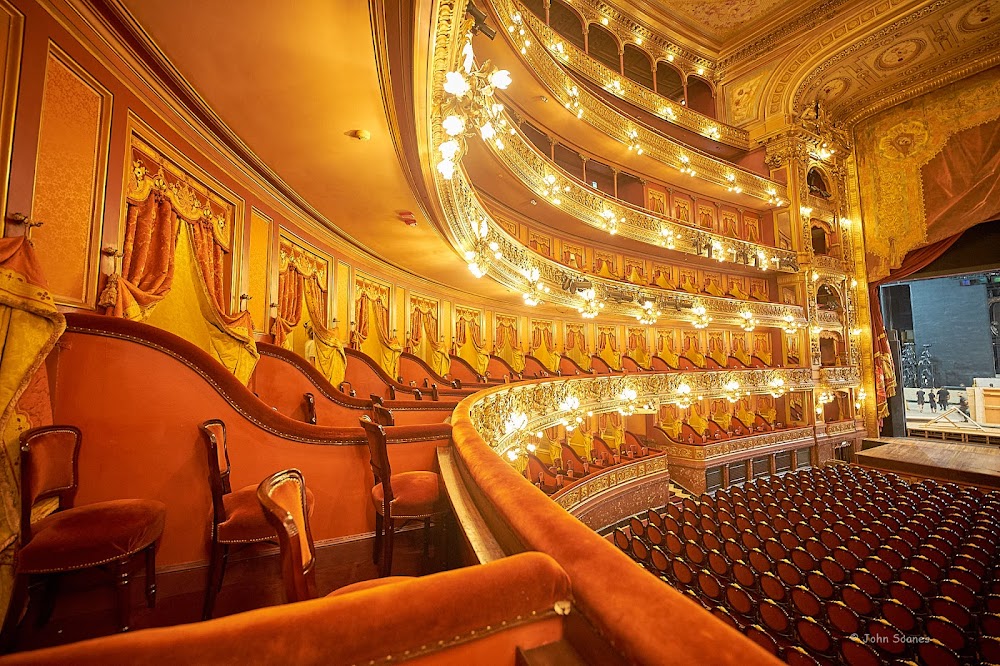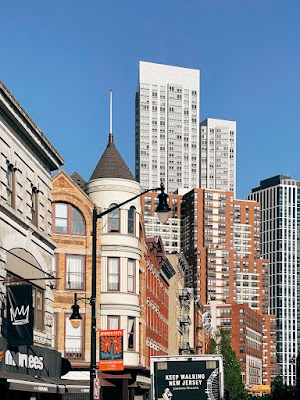Casa Rosada (Casa Rosada)
Overview
La Casa Rosada, or "The Pink House," is a prominent landmark nestled in the heart of Buenos Aires, Argentina's vibrant capital. This iconic building serves not only as the Executive Mansion but also as the official office of the President of Argentina. Its distinctive pink façade and rich history make it a must-visit destination for travelers exploring the city.
A Glimpse into History
The story of Casa Rosada dates back to the late 16th century when Buenos Aires was in its infancy. In 1580, Spanish settlers constructed a fort to protect the region from potential invasions. Over the years, this fort evolved through various transformations, serving as a customs house, post office, and government offices, reflecting the city's growth and development.
In 1825, Italian architect Giovanni Battista initiated the first significant renovation, converting the fort into a customs house. This marked the beginning of its transformation into a more formal government building. Fast forward to 1862, when President Bartolomé Mitre commissioned a new government house on the same site. This structure comprised two distinct sections, one for government offices and the other for the presidential residence.
The Signature Pink Hue
It wasn’t until 1873, during the presidency of Domingo Sarmiento, that Casa Rosada acquired its famous pink color. According to legend, Sarmiento chose this hue to symbolize the unification of two rival political factions: the Federalists, represented by red, and the Unitarians, represented by white. This choice of color has become a defining feature of the building and a symbol of Argentina's political landscape.
The Casa Rosada we see today is a result of numerous renovations and architectural enhancements. In 1882, architect Enrique Aberg introduced the Italianate style to the building, connecting the two existing structures with an impressive archway and incorporating elements of French and Italian design to create a more grandiose appearance.
Architectural Evolution
Further modifications occurred during the presidency of Julio Argentino Roca. In 1884, architect Francisco Tamburini made significant contributions to the building's design, harmonizing its various parts into a cohesive whole. His work on the central façade, known as the "Loggia," remains a striking feature of the Casa Rosada today.
As the 20th century approached, additional renovations continued to adapt the building to the evolving needs of Argentina’s executive branch. These efforts included lavish interior decorations, featuring ornate rooms adorned with detailed moldings, grand chandeliers, and impressive artworks that reflect the nation’s cultural heritage.
A Living Museum
Casa Rosada is more than just a seat of power; it serves as a museum chronicling Argentina’s political history. The Presidential Museum within the building showcases artifacts from various presidencies, providing visitors with a fascinating insight into the country’s storied past.
Today, La Casa Rosada stands as a vibrant symbol of Argentina's rich history, political evolution, and architectural significance. Its captivating pink façade continues to allure both locals and tourists alike, making it one of Buenos Aires' most cherished landmarks. Whether you're a history buff or simply a curious traveler, a visit to Casa Rosada promises to be a memorable experience.


